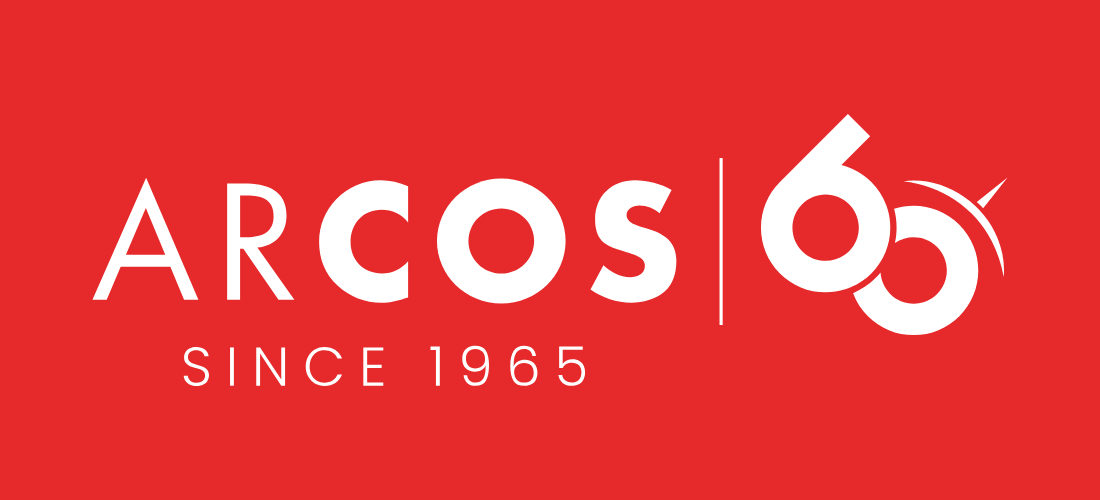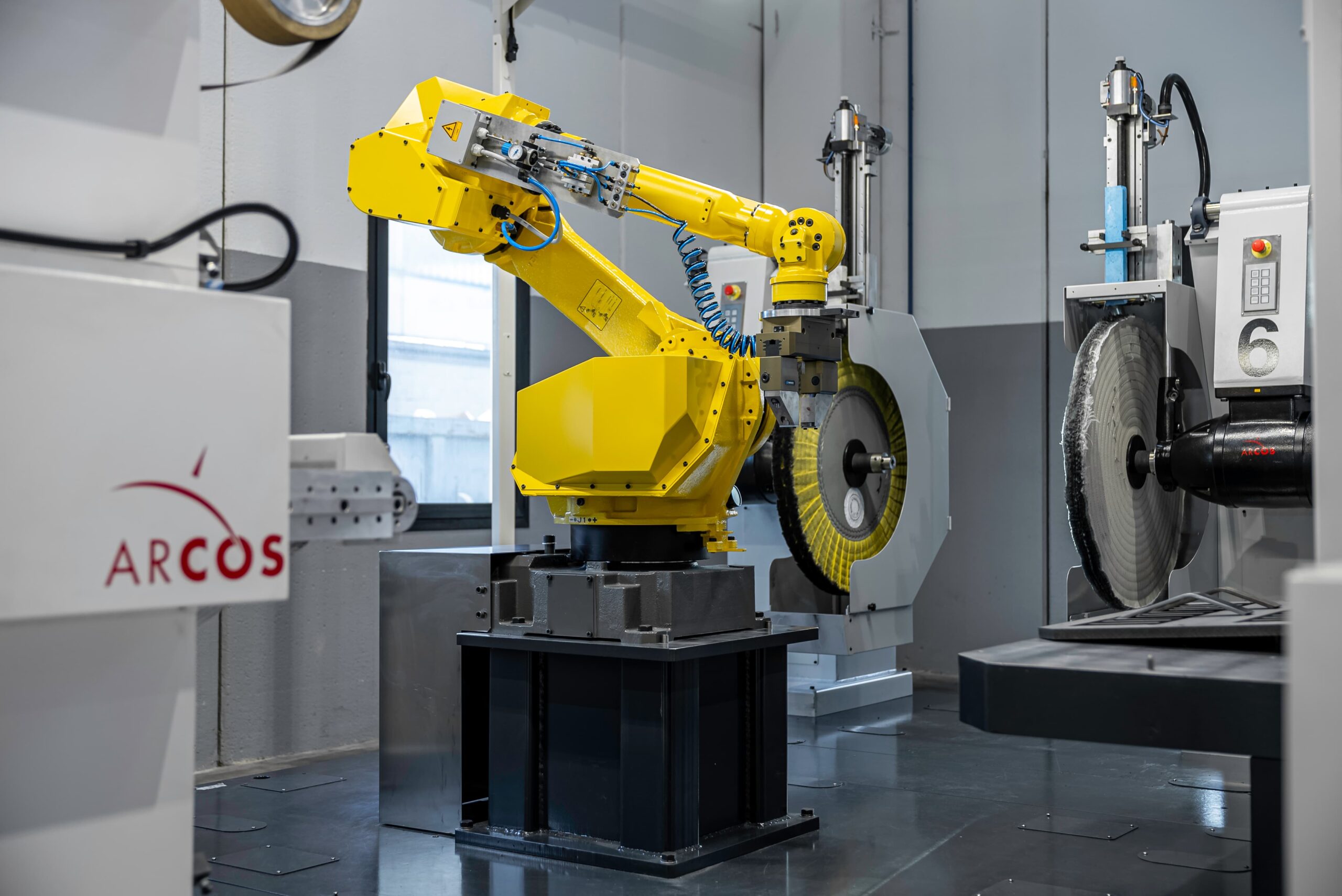In the world of industrial manufacturing, quality is built even in the smallest details. Deburring is one of those steps that often takes place “behind the scenes” but has a decisive impact on safety, efficiency, and the durability of components.
In this article, we explore the strategic value of this process, its practical implications, and the role of new technologies in making it increasingly precise and integrated.
Table of Contents
What Is Deburring?
Deburring is the process of removing small irregularities or material residues—commonly known as burrs—that form during operations such as cutting, milling, drilling, or stamping. More than just an aesthetic refinement, it is a functional step necessary to ensure the proper performance and safety of machined parts.
Applications of Deburring
This process is used in a wide range of industries: automotive, aerospace, oil & gas, precision engineering, electronics, and medical. Whenever a component needs to be assembled, mounted, or interfaced with other elements, it is essential that the edges are clean and free of imperfections.
Why Deburring Is Important
Removing burrs helps prevent defects, optimize performance, and improve the quality of the final product.
The main benefits of proper deburring include:
- Better fit between components
- Increased safety for operators
- Reduced wear and corrosion
- Lower risk of malfunction
- Improved aesthetics and perceived quality
Skipping this phase can result in additional costs due to rework, production downtime, or post-assembly issues.
Deburring Techniques
There are several deburring techniques, chosen based on material type, part geometry, and production volume:
- Mechanical deburring with blades, discs, or abrasive brushes
- Thermal deburring, using micro-explosions in a controlled environment
- Electrochemical deburring, ideal for complex geometries
- Automated robotic deburring, perfect for repeatable and scalable processes
Each method addresses specific needs and allows deburring to be integrated directly into the production line.
How to Deburr Effectively
To achieve truly effective deburring, it is essential to analyze the characteristics of the component: material type, burr location, required finish, and tolerances. Standardizing the process through automated or robotic solutions helps increase quality, reduce cycle times, and improve workplace safety.
What Happens If You Don’t Deburr Metal?
Even a seemingly insignificant burr can cause serious problems: poor assembly, unusual wear, sharp surfaces, or production interruptions. In some sectors, it may compromise the functionality of the entire system or even pose a risk to the end user. Deburring is not an optional step—it is a crucial phase for ensuring product quality and safety.
Technological Advancements in Deburring
In recent years, deburring has become an integral part of Industry 4.0. Robotic systems allow for continuous, precise, and repeatable processing. Integration with analysis and monitoring software also enables the collection of useful data to optimize the entire workflow.
At Arcos, we develop automated deburring solutions designed to deliver efficiency, quality, and traceability. We support manufacturing companies in making every step of their process more efficient, reliable, and competitive.

